Top 10 Least-Visited Places in Canada Makes You Surprised
 Top 11 Scariest Haunted Houses In Canada With The Ghost Story Top 11 Scariest Haunted Houses In Canada With The Ghost Story |
 Top 10 Insanely Cheapest Places To Travel In Canada Today Top 10 Insanely Cheapest Places To Travel In Canada Today |
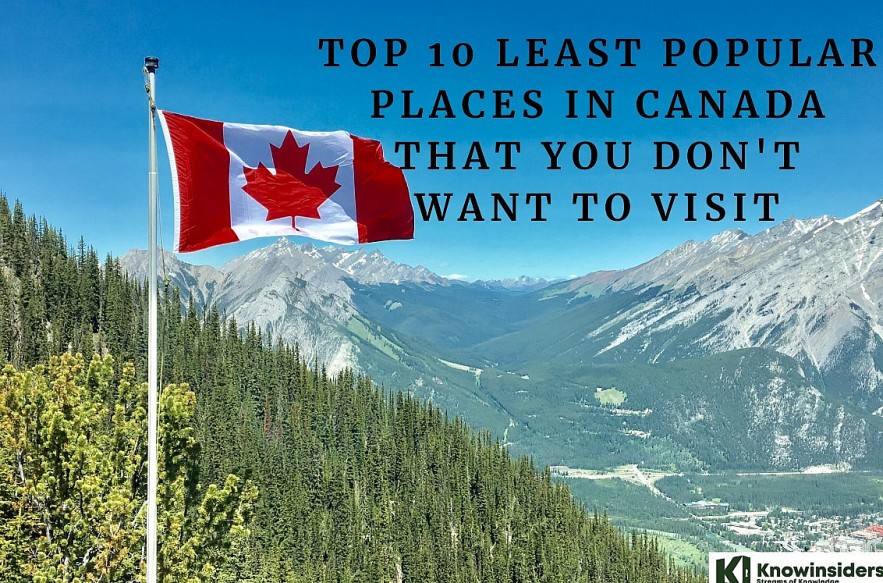 |
| Top 10 Least Popular Places in Canada That You Don't Want to Visit |
| Tables of Contents |
Because there is so much to see and do in this incredible country, and because there are so many places to escape the crowds, Canada has a relatively low population density compared to its enormous landmass. To get away from the tourist crowds is one thing, but to get away from any trace of civilization is quite another.
The following places ought to be at the top of your bucket list whenever your wanderlust strikes. They will show you the unadulterated beauty and old-world charm of rural Canada without requiring you to be a hard-core outdoorsy type, allowing you to maintain your social distance from others while avoiding large gatherings.
What are The 10 most visited places in Canada?
1. Banff National Park (Alberta): 3,640,125
2. Jasper National Park (Alberta): 2,102,383
3. Pacific Rim National Park Reserve (British Columbia): 1,149,972
4. Saguenay St. Lawrence Marine Park (Quebec): 880,317
5. Revelstoke National Park and Glacier National Park (British Columbia): 723,379 (these are separate parks but close enough to each other that they count as “one reporting unit” for visitor attendance.
6. Point Pelee National Park (Ontario): 565,236
7. Yoho National Park (British Columbia): 535,861
8. Elk Island National Park (Alberta): 531,817
9. Waterton Lakes National Park (Alberta): 525,749
10. Prince Edward Island National Park (Prince Edward Island): 514,172
What are the least visited places in Canada?
(Selected and recommended by KnowInsiders)
1. Auyuittuq National Park: Nunavut
 |
| Photo: tripadvisor |
Auyuittuq translates as "the land that never melts." The park is located on Baffin Island and is renowned for its snowy, ragged peaks, small coastal Inuit communities, and fjords. Uninhabited lands, an Arctic mountain range, crystal-clear lakes, and breathtaking scenery can all be found by the adventurous. Polar bears, Arctic foxes, narwhals, beluga whales, seals, bowhead whales, and walruses are just a few examples of the abundant local wildlife. March through May are the best months to go because you can travel along the frozen fjords on skis and dogsleds.
Mount Thor, the mountain with the highest vertical drop in the world, is located in the Canadian national park Auyuittuq. Beautiful meadows and magnificent waterways can be found among the mountains, and narwhals and other fascinating marine life occasionally visit these places.
2. Churchill, Manitoba
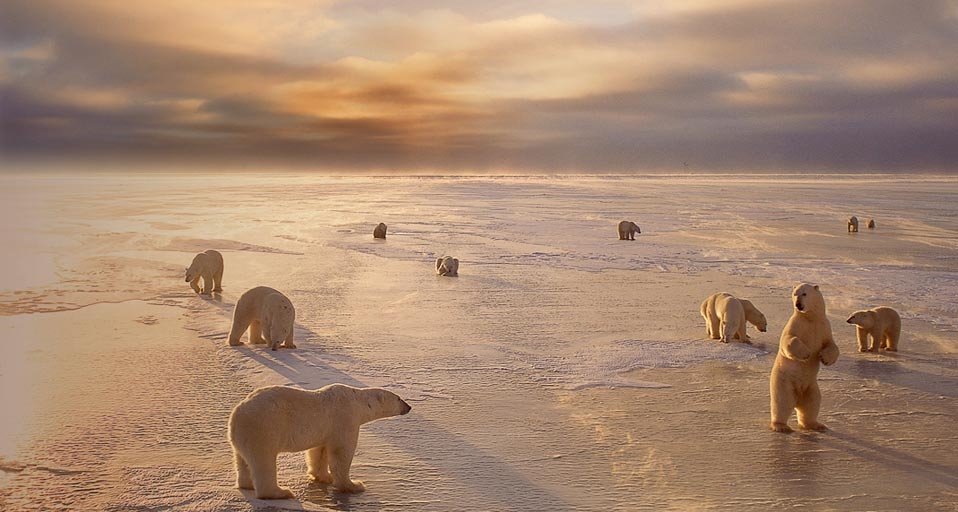 |
| Photo: acanela |
Churchill is a rough, small port city located at the Churchill River's estuary, where it empties into Hudson Bay. Although the town itself is small, with only a few blocks, being called "the Polar Bear Capital of the World" makes it a must-see for wildlife enthusiasts. Fall is the best time to visit Churchill if you want to see the powerful white bears.
Polar bears are not the only thing to see. The Northern Lights can occasionally be seen in the winter, while the midnight sun is visible in the summer. In July and August, beluga whales pass through the estuary in search of the river's warmer waters. More than 270 different bird species can be spotted within a 40-km radius of the town, making it a good time for birdwatchers as well. Check out the historic ruins of Cape Merry or the exceptionally well-preserved wreck of Miss Piggy, a plane that went down in 1979, if you're looking for some man-made attractions.
3. Gwaii Hanaas National Park & Haida Heritage Site
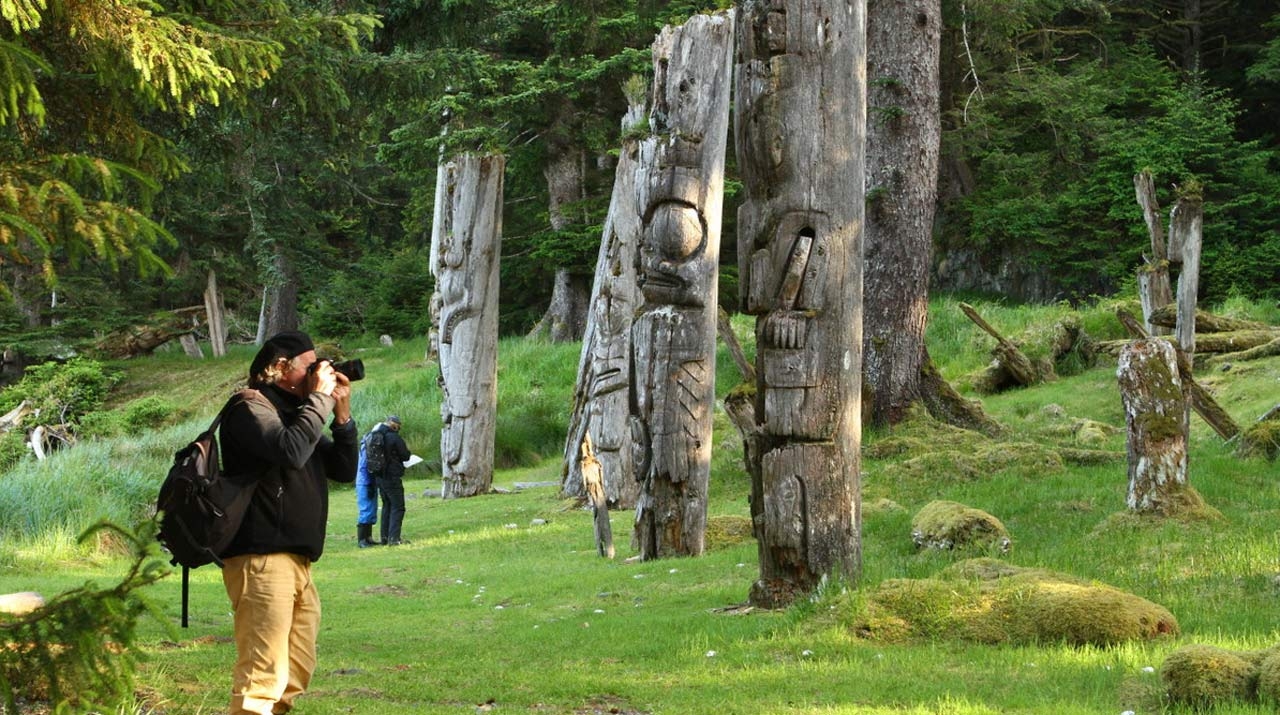 |
| Photo: mapleleafadventures |
The Haida Gwaii archipelago, which was formerly known as the Queen Charlotte Islands, is located off the coast of northwest British Columbia. Amazing surfing beaches, a World Heritage Site, natural hot springs, lush rainforests, and small towns can all be found there. Native Haida inhabitants live there; they were formerly referred to as the Pacific Northwest's Vikings.
Only air or water transport is available to reach Haida Gwaii, but this only adds to the island's allure. Haida Gwaii has earned the nickname "the Canadian Galapagos" thanks to its hot springs, spotless beaches, and indigenous wildlife. The best activities during the day are surfing and paddling in the moonlight. If you prefer the land, you can see 140 different bird species at the Delkatla Wildlife Sanctuary, which is open all year. Try the cinnamon rolls from New Moon Over Naikoon, a sweet little wooden bakery in the forest, and a traditional Haida meal at Keenawii's Kitchen. For a glimpse of paradise, travel sometime between October and May.
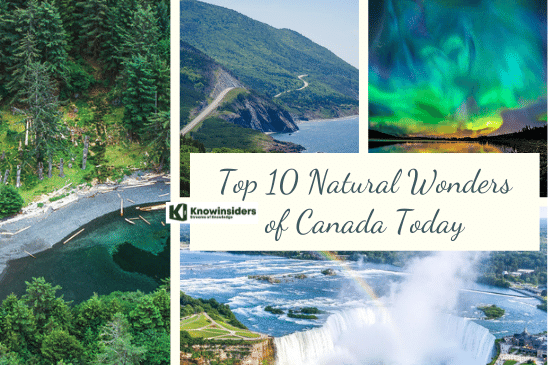 Top 10 Most Breathtaking Natural Wonders in Canada Top 10 Most Breathtaking Natural Wonders in Canada |
4. Kananaskis Country, Alberta
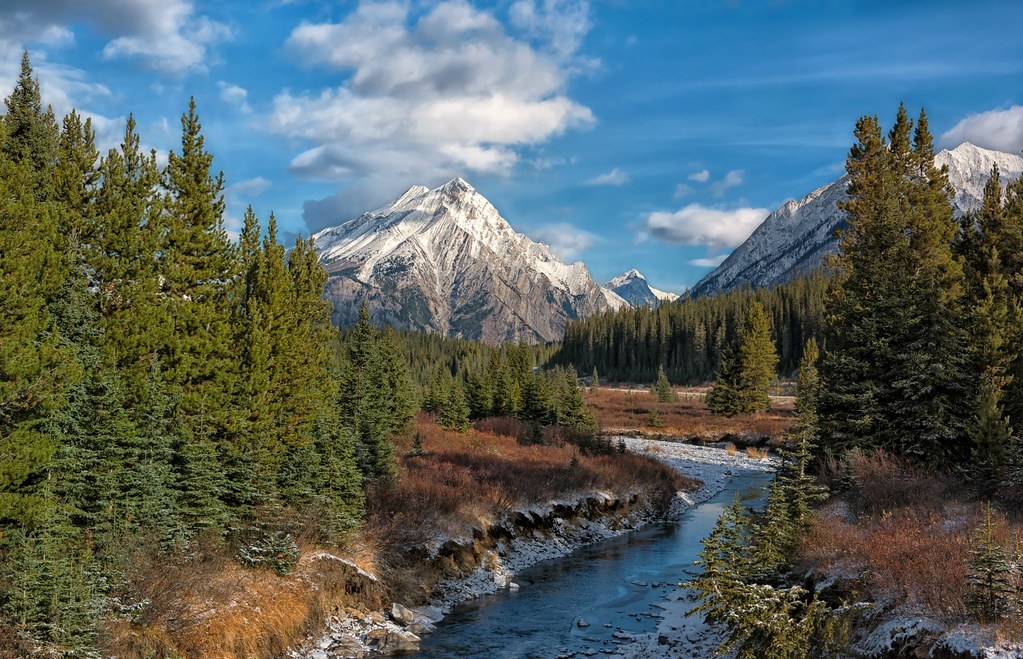 |
| Photo: flickr |
West of Calgary, there is a park system called Kananaskis Country, which is frequently overshadowed by its more well-known neighbor, Banff National Park. It's fantastic for cross-country skiing in the winter and hiking, mountain biking, climbing, and fishing in the summer.
The wildlife in Kananaskis Country really sets it apart from the other parks in the area. The area is home to a number of threatened species, including bighorn sheep, westslope trout, grizzly bears, and cougars. On their migratory flights, up to 800 golden eagles pass through the region every day.
5. Torngat Mountains National Park
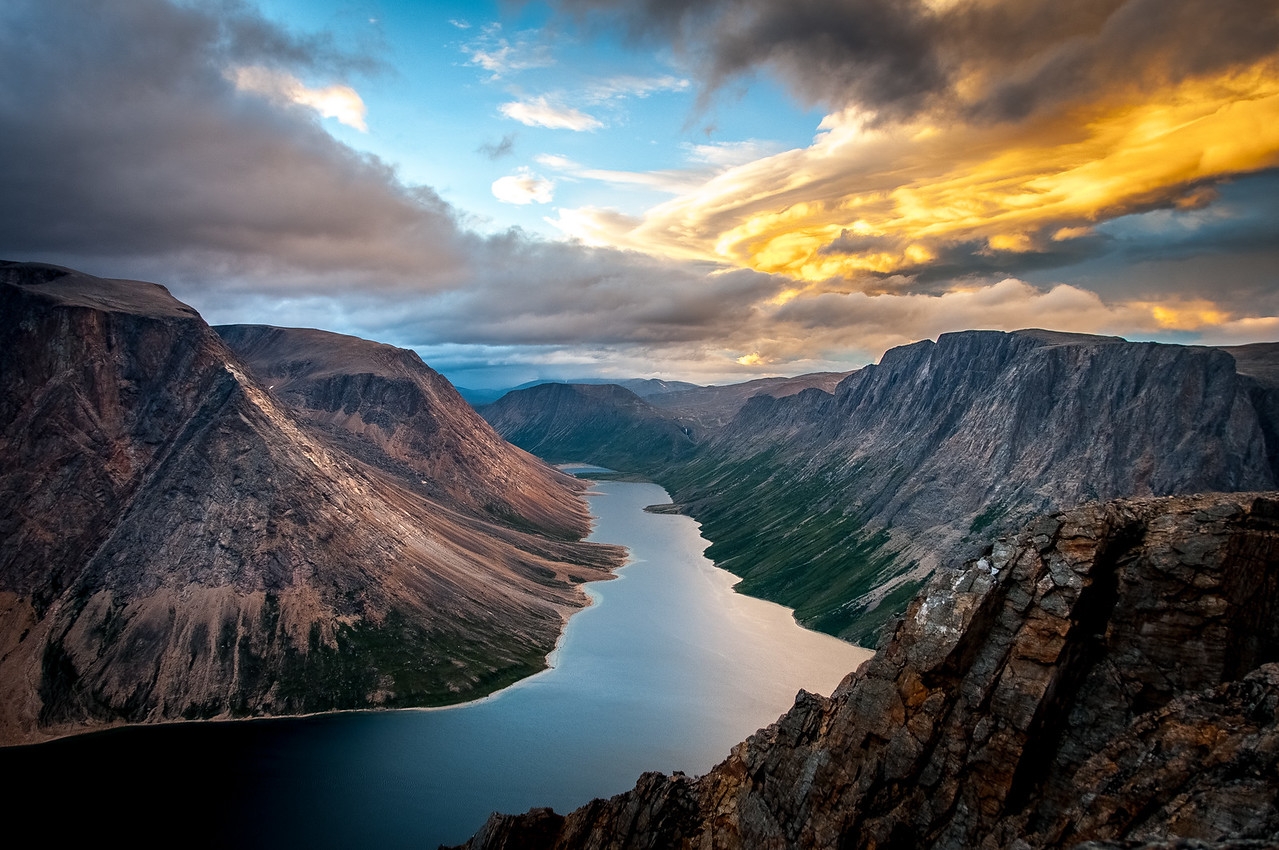 |
| Photo: Everything Everywhere |
The Inuktitut word "Tongait," which means "place of spirits," is the source of the name of the Torngat Mountains National Park. 9,700 square kilometers of breathtaking wilderness stretch from the Saglek Fjord in the north to Labrador's northernmost point and from the Atlantic coast to Québec's border in the west. In this land of polar bears, caribou, and small glaciers, the Inuit hunt, fish, and travel just as their forefathers did thousands of years ago.
This park is full of strong tales, ghosts, and unusual traditions because it was once home to the Inuit and their ancestors. This breathtaking region of Nunatsiavut, which is at the northernmost point of continental Canada, is uninhabited and home to some of the planet's oldest rocks.
6. Tangier, Nova Scotia
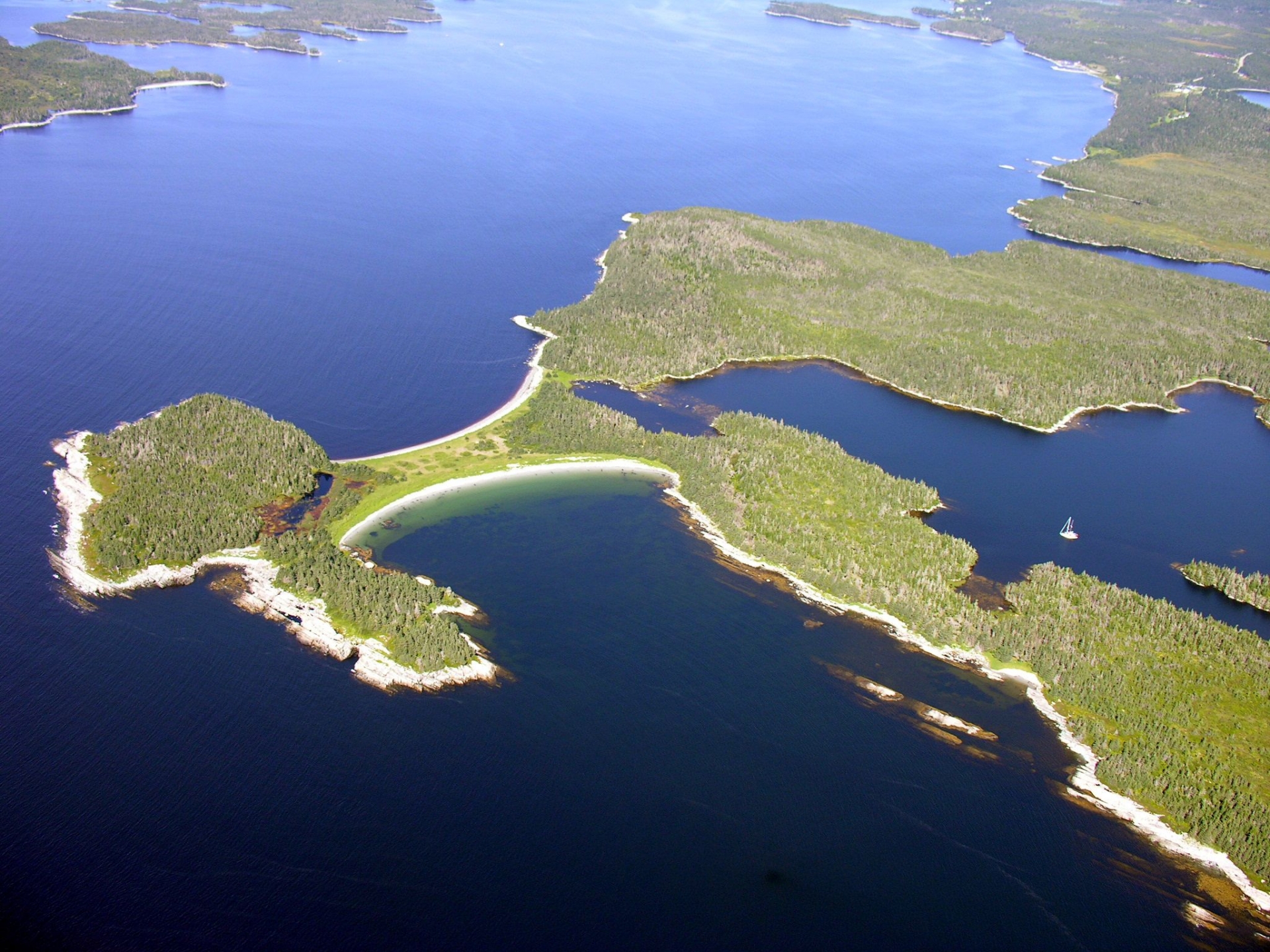 |
| Photo: theglobeandmail |
Tangier in Nova Scotia may be the ideal location for you if you're looking for a remote getaway and a digital detox. Due to the village's small size and remote location, the post office is regarded as one of its main attractions.
Tangier offers fantastic conditions for trying sea kayaking, with stunning scenery to explore, while you're enjoying the peace and quiet, far from the madding crowd. Even a few tiny beaches can be found nearby.
7. Athabasca Sand Dunes Provincial Park, Saskatchewan
 |
| Photo: canadapost |
In order to preserve the Athabasca sand dunes, a rare formation that stretches for about 100 kilometers along the southern shore of Lake Athabasca in the province of Saskatchewan, the Athabasca Sand Dunes Provincial Park was established. In this particular boreal ecosystem, the dunes can reach heights of 30 meters and the scenery is breathtaking.
This year-round park, which can only be reached by float plane, is best suited for those who have previous wilderness experience and can follow visitor regulations. Once you arrive, however, you can spend days exploring the area; activities include dune buggy riding, free camping, fishing, and learning about this incredible ecosystem that is home to rare and distinctive plants that are only found in the park.
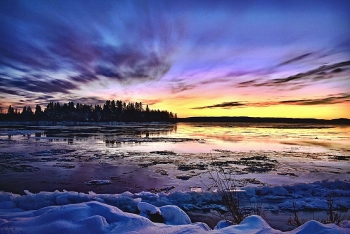 Top 10 Longest Rivers in Canada: Interesting Facts Top 10 Longest Rivers in Canada: Interesting Facts |
8. Wapusk National Park
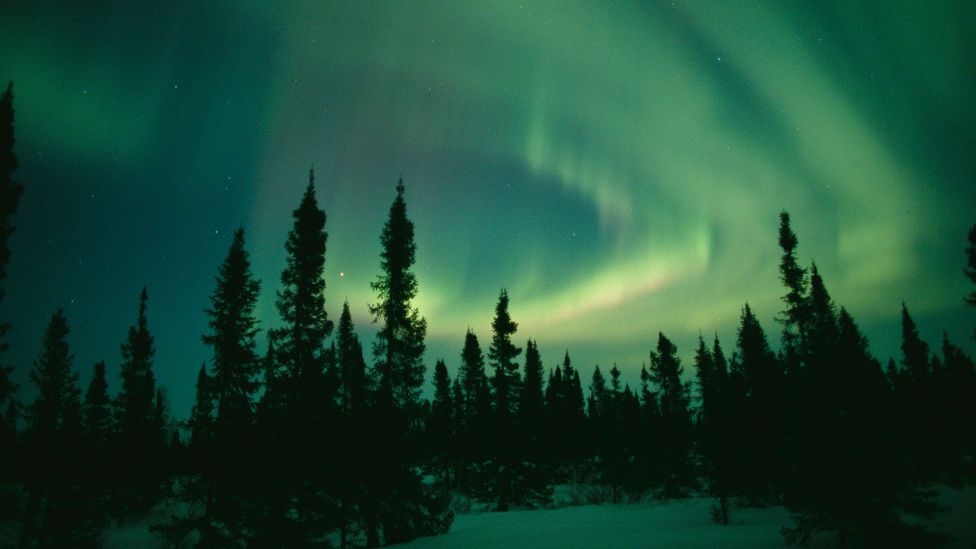 |
| Photo: BBC |
One of the few places in the world where visitors can witness tiny, three-month-old bear cubs exploring their snowy new world for the first time while being watched by their mothers is Manitoba's Wapusk National Park, which opens to the public in late February. However, there are no roads or trails that enter this vast park, which is made up of tundra, muskeg, rough subarctic forest, and a portion of North America's largest peat bog. This area is home to one of the largest known maternity dredging areas for polar bears. People go to see the wildlife, especially polar bears.
Explore the park's wonders while navigating the permanently frozen ground. Enjoy river canoeing, aerial sightseeing, and you might even see polar bear cubs who are just beginning to walk on ice!
9. Ivvavik National Park
 |
| Photo: Tripsavy |
When you can have the stunning deep canyon backcountry all to yourself, why bother with crowds of people? The park is home to arctic grayling and Dolly Varden char, so be prepared with your fishing gear as you hike along the open terrain.
Few will ever experience Ivvavik National Park's pristine wilderness, gorgeous cultural diversity, and abundance of wildlife because only a small number of people are permitted to visit there each year.
Under the midnight sun, Ivvavik National Park comes to life in the summer. Colorful shrubs, grass, and wildflowers adorn the landscape. Birds, both migratory and local, are busy constructing their nests. The area is home to wolverines, red foxes, Alaskan moose, and timber wolves. The Porcupine Caribou Herd travels to the Beaufort Sea coast to give birth.
10. Quttinirpaaq National Park
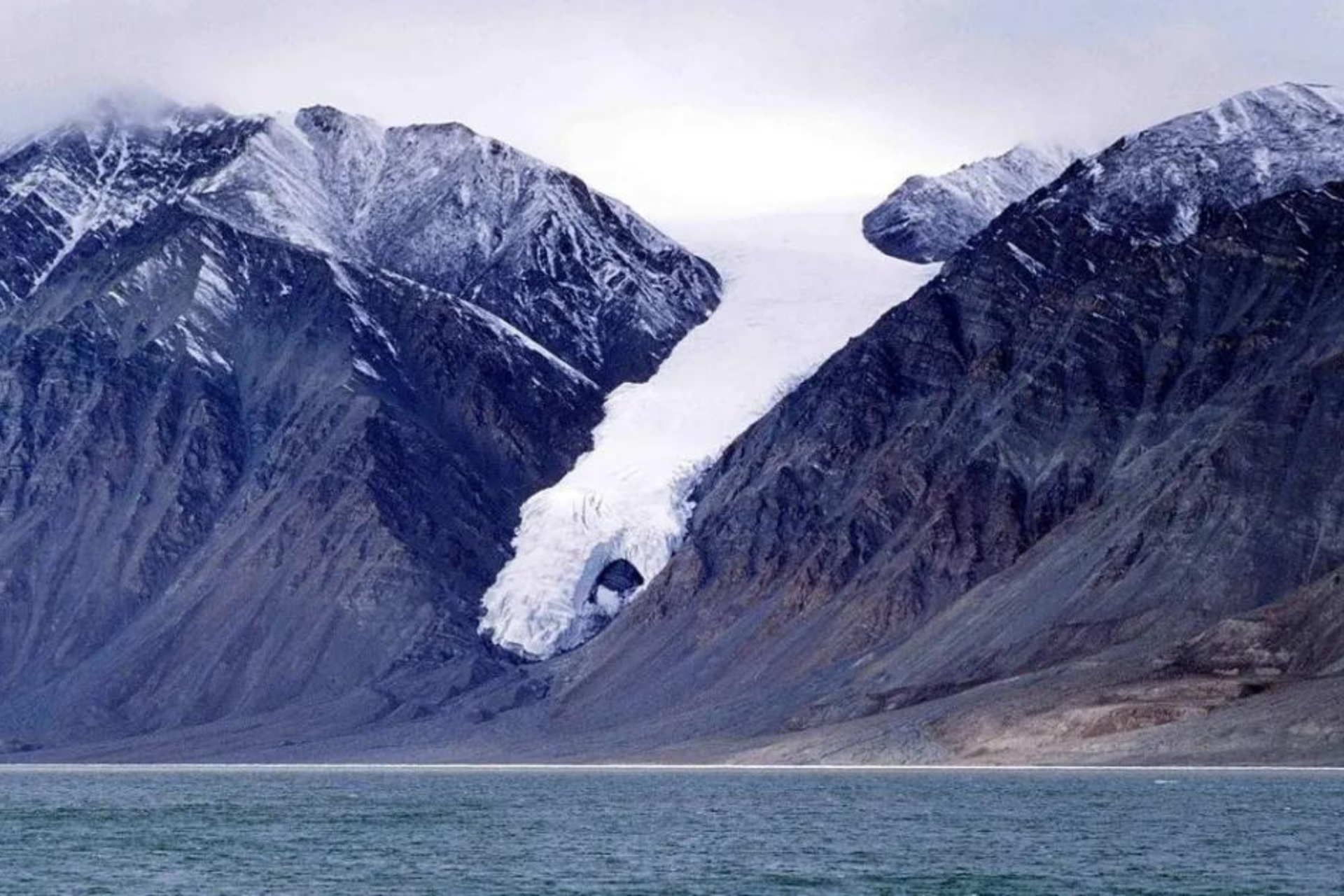 |
| Photo: hipcamp |
Canada's northernmost region is Quttinirpaaq National Park, which is located in Nunavut's Arctic region. Only 17 people visited the park in 2016 due to how far away it is; you must take a flight out of the hamlet of Resolute, which is reachable by flight from Iqaluit. It's safe to say that the journey is worthwhile given the length of the summer days and the landscape's craggy peaks, ice caps, glaciers, rivers, tundra, and fjords.
Few people can claim to have visited Quttinirpaaq, which is Inuktitut for "Land at the Top of the World." A polar desert dominates the landscape, resulting in enormous ice and rock mountain peaks. To discover this undiscovered treasure is worth the flight.
With only a few hundred visitors per year, this isolated northern park is truly beyond the back of beyond. Peary caribou, muskoxen, and Arctic hares are much more likely to be found than other people. In a good way, Quttinirpaaq is bare and elemental. There are only vast expanses of tundra, mountains, and the occasional pre-Inuit archaeological site here; there are no designated trails or camping areas. Most visitors set up camp at Tanquary Fiord or Hazen Lake, then choose to either travel long distances between the two or take a circuitous route past the Ad Astra and Viking ice caps.
What is the least visited destination in the world?Tuvalu- 2017 tourist arrivals: 2,000 - Change in arrivals from 2016: 0% The tiny island of Tuvalu, which had only 2,000 foreign visitors in 2017, holds the title of least-visited place in the world. Unsurprisingly, there isn't much tourist infrastructure in this area. But if all you want is some downtime in a beautiful environment, Tuvalu is the place for you. |
Q&A Canada
What is the least populous province in Canada?
Prince Edward Island is the smallest with a population of over 150,000. The smallest area is also Prince Edward Island, followed by Nova Scotia.
Which province is the friendliest in Canada?
- Radium Hot Springs, British Columbia.
- Digby, Nova Scotia.
- Niagara-on-the-Lake, Ontario.
- Baddeck, Nova Scotia.
- Drumheller, Alberta.
- Saint John, New Brunswick.
- Gatineau, Quebec.
- Thunder Bay, Ontario.
Where does 90% of Canada’s population live?
Canadian Provinces and Territories
Canada is larger than the United States, making it the second-largest country in the world. However, despite this vast territory for a relatively small population, more than 90 percent of Canadians live within 150 miles of the US border.
Where is the warmest climate in Canada?
Victoria, British Columbia holds the title of the warmest city in Canada during the winter. Daily average highs reach 9°C and nightly lows only drop to around 4°C. The average annual snowfall is low at 25 cm. Victoria only has one day per year where the temperature will drop below zero.
What is the oldest city in Canada?
St. John’s is the capital and largest city of the Canadian province, Newfoundland and Labrador, located on the eastern tip of the Avalon Peninsula on the island of Newfoundland. It is the oldest city in Canada.
What is the oldest province in Canada?
Nova Scotia is the oldest Province in Canada. In Canada, 13.7% of the population is 65 years and older. In the last three years, Nova Scotia, part of the Atlantic Provinces, has become the oldest province in the country at 15.4%.
 Top 10 Least Popular Places in the UK That You Don't Want to Visit Top 10 Least Popular Places in the UK That You Don't Want to Visit If you’re looking to escape the crowds, or need ideas for a return trip, try these nontouristy places to visit in the UK below. |
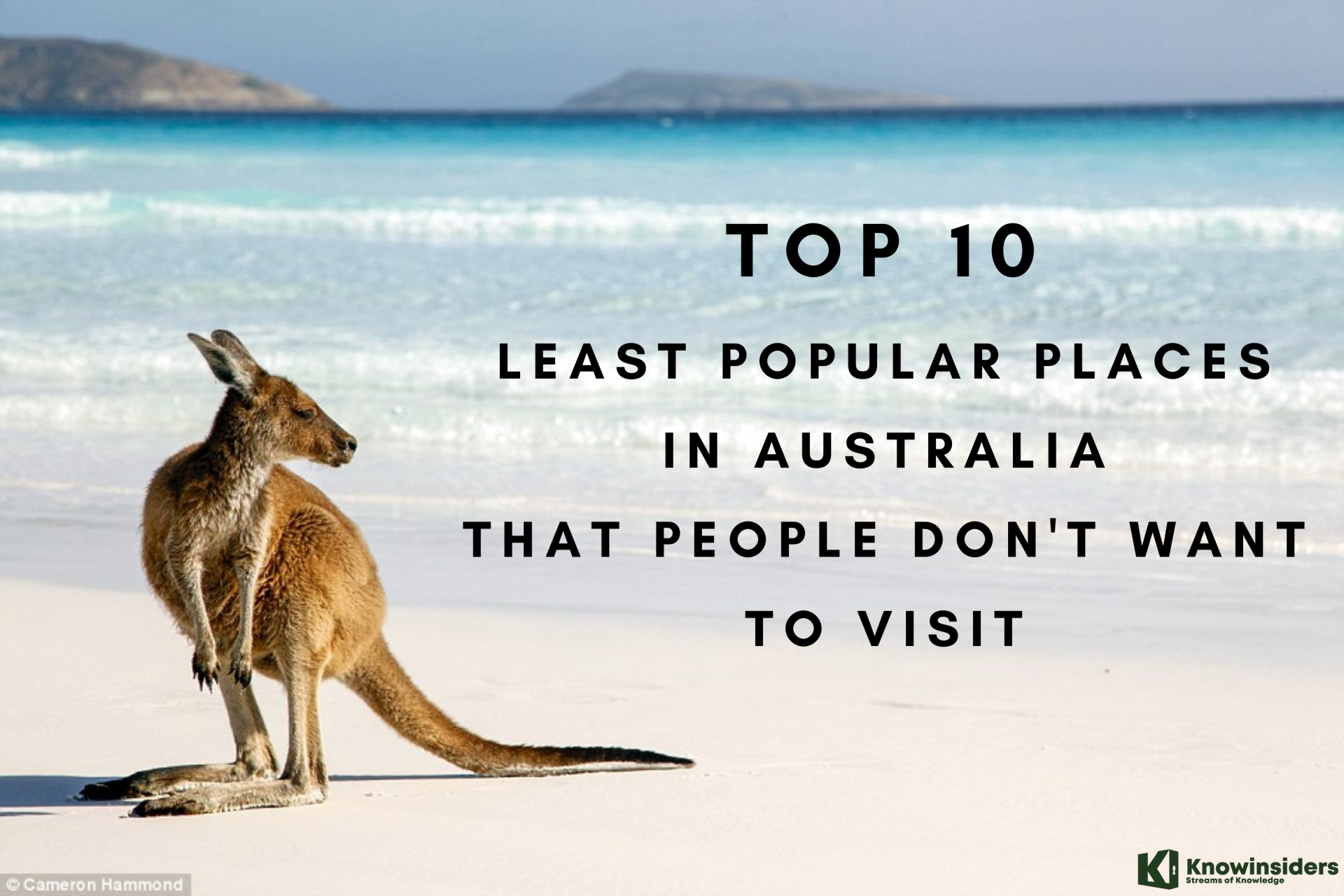 10 Least Popular Places in Australia That You Don't Want to Visit 10 Least Popular Places in Australia That You Don't Want to Visit If you want something new and different for your trip to Australia, do not miss out on these 10 least popular places in Australia people ... |
 Top 10 Least Popular States That You Don't Want to Visit in USA Top 10 Least Popular States That You Don't Want to Visit in USA Let’s take a look at the 10 Least-Visited States in America and which states made the not-so-popular list below! |























